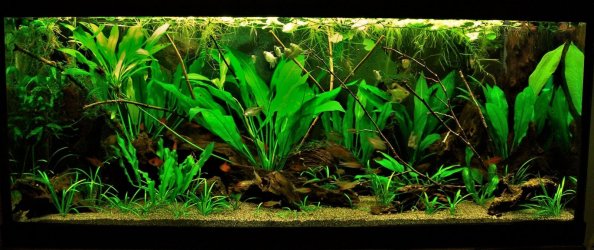Shouldn't be a problem! I have Unipac silver sand in one of my tanks, and I'd say it's one of the best choices you could make. It's very fine, so they can sift through it easily, and my cories love it!
My pygmy cories enjoying feeding time on their sandy beach, unipac silver sand;
Cories filter feed through sand, so they pass the sand through their gills, filtering out particles of food. Unipac is fine enough to allow them to do this without harming their gills, and means they get to practice this natural behaviour, which they can't do when kept on gravel on stones, so you're not just reducing the risks of damage to their barbels, but improving other aspects of their life as well.

The sand itself won't pose a hazard to any of your fish. But as when changing any substrate, there are some things you need to prepare for in advance. The beneficial bacteria (BB) which process fish waste don't only live in your filter, but on every hard surface in your tank, including the substrate. The substrate holds a huge chunk of the BB in most tanks that are cycled, so removing that in one go can sometimes lead to ammonia and/or nitrite spikes, often referred to as a mini cycle. Called a mini cycle because you'll still have the types of BB a cycled tank needs in your filter and other hard surfaces, it just takes some time for the population of BB to regrow to the amount it usually needs to handle your tanks bioload, usually a few days to a week - so it isn't like cycling a tank from scratch! Now that you're aware that it's likely to happen, you can be prepared for that. Doing the substrate change at a time when you'll be able to do daily water changes for a while is a wise plan.
Just means to keep testing your water more frequently in the days following the substrate change, and it's worth fasting your fish for the first few days (or at least only feeding very lightly), since less food in means less waste out- and potentially daily water changes for those first few days - a week, allowing those BB to catch up and repopulate the new substrate. Doing the substrate change at a time when you'll be able to do daily water changes for a while is a wise plan.
Another tip I'd suggest after going through a mini cycle myself is to use Prime water conditioner during this time at least, since it binds ammonia and nitrites for 24-48 hours, keeping your fish safe in between those daily water changes. Not all water conditioners do this, and while my mini-cycle only lasted about four days, levels did get high enough to be dangerous, and I lost a beloved fish, and regret not using Prime during that time since not all water conditioners bind ammonia and nitrite.
Lastly, I wouldn't recommend trying to switch the substrate while the fish are in the tank-better to remove them into a bucket with an airstone (and a towel over the top to prevent jumpers) while you do it, since not only would it be stressful for them and take a lot longer for you if they remain in the tank, but sometimes there's nastiness hidden under the gravel that gets released when you're stirring it up.
If you do a forum search for changing substrate, you'll find tons of other threads about the topic, and pick up more tips! Good on ya mate for wanting the best for your fish







